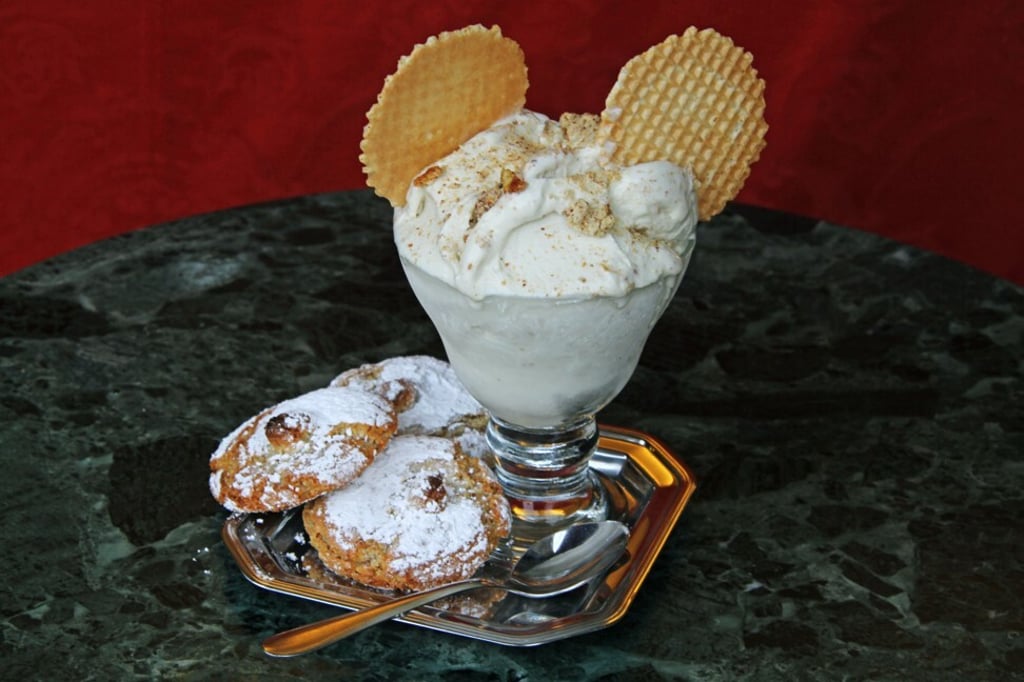Was ice cream invented by China or Italy? Its history can be traced back to 1200BC
- The first ice cream was more of a slush than a paste-like flavoured cream, says the head of Italy’s Gelato Museum in Bologna
- The turning point came during the Renaissance, when such frozen drinks became the modern, paste-like gelato we are familiar with today

From sticky cones of vanilla and chocolate to elegant scoops of exotic fruit sorbet, the globally relished treat of ice cream has origins that can be traced to Mesopotamia – an ancient region that corresponds to today’s Iraq, Iran, Syria and Turkey – as far back as 1200BC.
It is believed that ice cream as the world knows it now was an Italian creation – yet a 12th century Chinese ode, written by poet Yang Wanli in praise of an icy, crunchy refreshment that “appears congealed and yet it seems to float”, suggests something similar was being enjoyed in China as early as the ninth century.
The Chinese built pits to preserve the ice for cool summer drinks, says Luciana Polliotti, head of the Gelato Museum in the Italian city of Bologna and an ice cream historian.
“The Silk Road was dotted with thousands of snow huts, snow pits and ice storage rooms built to preserve these precious and miraculous products of nature, where travellers and merchants would stop to refresh themselves with delicious iced juices,” she explains.

The first type of ice cream product had a watery consistency and was more of a slush than a paste-like flavoured cream, according to the museum.
“At the beginning it was just a frozen, refreshing drink to savour and enjoy, especially in the hot summer months,” Polliotti says.